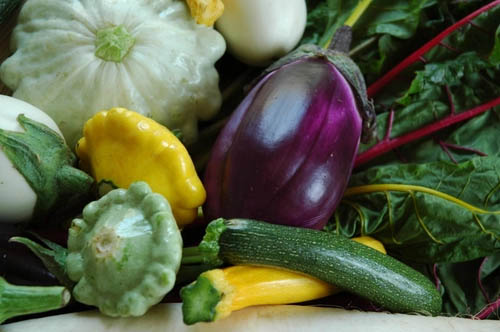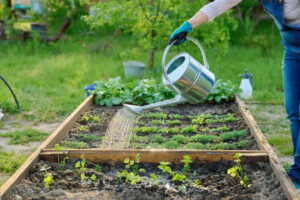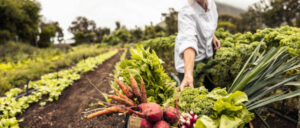Squash is a versatile and prolific vegetable that can be grown in many gardens. From summer squashes like zucchini and yellow squash to winter varieties such as butternut and acorn, there’s a type of squash to suit every taste and culinary need. This article will guide you through the basics of growing squash and introduce you to some of the different varieties you can plant.
Understanding Squash Varieties

Squash is generally divided into two categories based on when they are harvested and how they are used:
- Summer Squash: These are harvested when immature, while the rind is still tender and edible. Varieties include:
- Zucchini: Perhaps the most popular summer squash, known for its prolific yield and versatility in recipes.
- Yellow Squash: Comes in straight or crooked neck varieties, with a mild flavor that makes it a favorite for grilling and sautéing.
- Pattypan Squash: Distinctive for its round, flat shape and scalloped edges, pattypan is great for stuffing due to its shape.
- Winter Squash: These are allowed to mature fully on the vine, resulting in a hard rind and seeds that are removed before cooking. Common varieties include:
- Butternut Squash: Has a sweet, nutty taste and is often used in soups and purees.
- Acorn Squash: Named for its acorn-like shape, it has a sweet, slightly fibrous flesh.
- Spaghetti Squash: Known for its unique flesh that separates into spaghetti-like strands when cooked. It’s often used as a pasta substitute.
- Kabocha Squash: This Japanese variety is sweet and dense, similar to a sweet potato.
- Pumpkin Squash: Pumpkins, like other winter squashes, have a variety of culinary uses and are popular for both their edible qualities and decorative purposes, especially around holidays like Halloween and Thanksgiving.
Planting and Growing Tips

Growing squash is relatively straightforward, but they do require some basic care and attention to thrive:
- Timing and Planting: Plant squash seeds directly in the ground after the last frost when the soil has warmed up. For a head start, you can begin seeds indoors a few weeks before the last frost.
- Sun and Space Requirements: Squash plants need full sun (at least 6 hours of direct sunlight) and plenty of space. Vining varieties can spread out extensively, so plan to give them at least 6 feet of space in all directions or consider growing them on a trellis.
- Soil and Watering: Squash prefers well-drained, nutrient-rich soil with a pH of 6.0 to 6.8. They are thirsty plants, especially as the fruits start to develop, so regular watering is important.
- Fertilizing: Feed squash a continuous-release fertilizer at planting time, then side-dress with a nitrogen-heavy fertilizer every 4 to 6 weeks.
Care and Maintenance
- Pest Control: Watch out for common pests like squash bugs, cucumber beetles, and squash vine borers. Regular inspections and organic pest control measures can help manage these pests.
- Pollination: Squash plants produce male and female flowers. Sometimes hand pollination is necessary, especially in urban areas with fewer pollinators.
- Harvesting: Harvest summer squash when small and tender for the best flavor and texture. Winter squash should be allowed to mature on the vine until the rind is hard.
Enjoying Your Harvest

Both summer and winter squashes are highly nutritious, offering a wealth of vitamins, minerals, and fiber. Summer squash can be used fresh in salads, sautéed, or baked, while winter squash is excellent in more hearty dishes such as roasts, soups, and stews.
Growing squash allows you to explore a wide range of flavors and culinary uses, making it a rewarding addition to any vegetable garden. With the right care, you can enjoy a bountiful harvest that lasts from summer through fall.










